Drones, drones, drones. It seems like every few months, there is some news story about drones. First, there were some weird drones in New Jersey, and now, they are popping up everywhere.
With all the buzz around drones, there is no better time to peer into the warfare tactics used by military forces to take drones down, and the way shotguns are being implemented in these plans.
But first, let’s get something very important out of the way.
Do not shoot down drones, RC planes, or any object flying in the sky.
This is not written for domestic use. If you have a problem with a drone, call the Federal Aviation Administration and file a complaint.
The FAA takes this very seriously, so seriously that they will put you in prison and bury you in fines. In researching this article, it appears to be illegal for me to buy a drone, even a toy, to fly it at my range and shoot it down. Downing an aircraft is a very serious offense, but I found a way around it for testing.
With that out of the way, let’s talk about drones, warfare, and how shotguns are being used to combat them!
Table of Contents
Loading…
Drones: The New IED
Drones, or UAVs, or remote-controlled quadcopters, whatever you call them, have become a major threat on the battlefield.
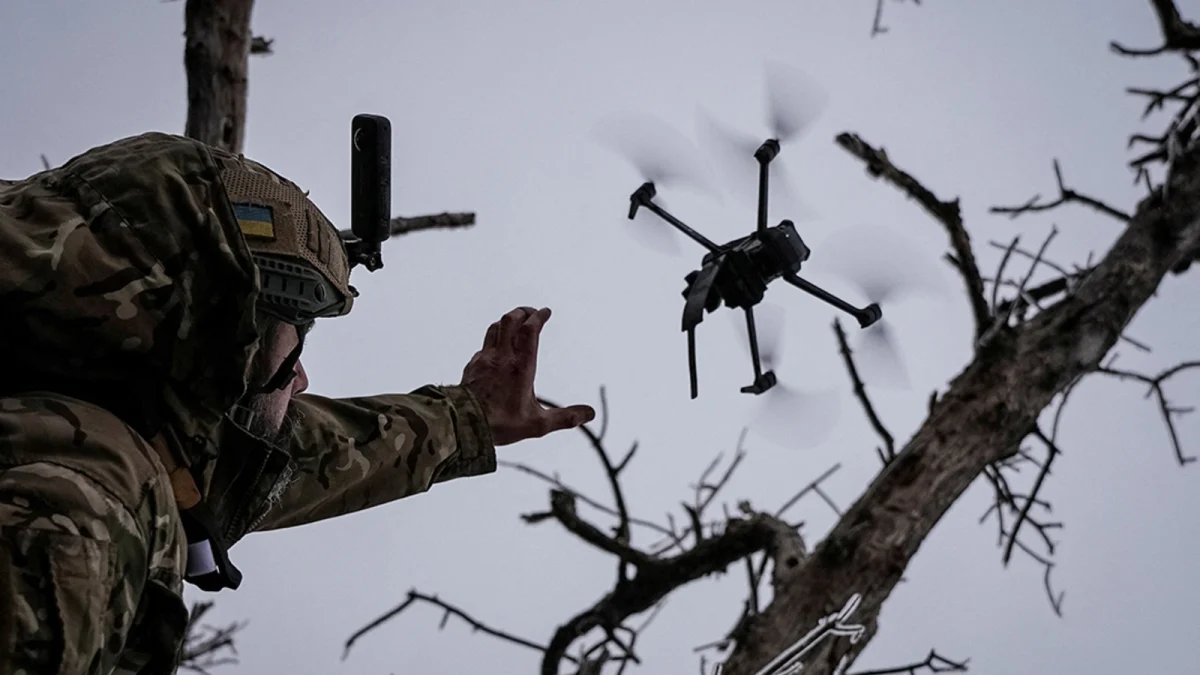
We are seeing small quadcopters and drones being used or experimented with by major military forces, guerrilla groups, and terrorists.
These little airborne pests can be used for a variety of purposes. Their original purpose was for airborne reconnaissance work, but they are now being used to adjust artillery fires, to help destroy mines, and to deliver small explosive payloads.
The latter use has made drones what’s effectively the new IED. A $500 drone with a bomb can completely disable an armored vehicle, rain hell on a machine gun nest, or even target individual soldiers.
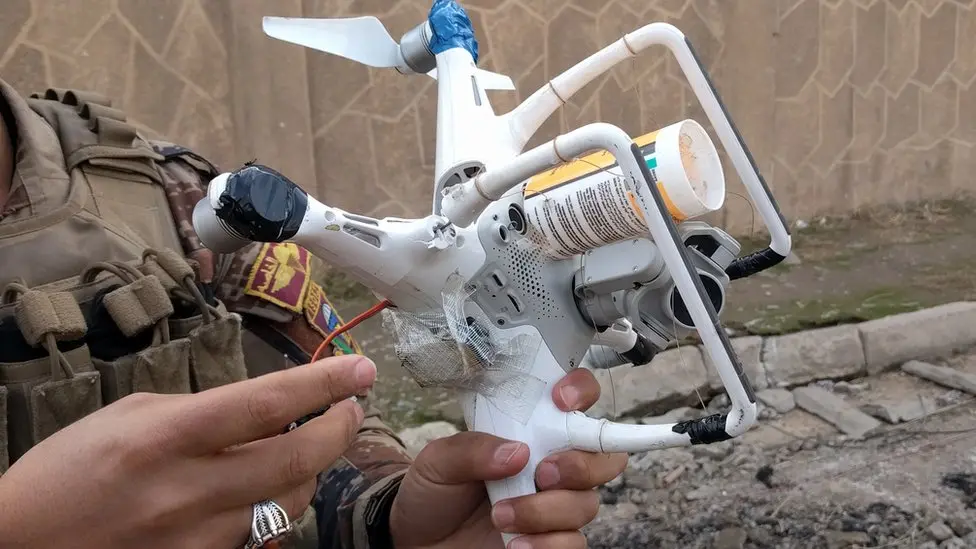
Not only are these devices relatively cheap, but it doesn’t require flight school to learn how to operate them. The average soldier can learn how to fly a drone in very little time.
I first saw drones become a threat in Iraq, namely with ISIS. They were using cheap, commercial-grade drones to drop bombs. Their use in warfare has increased substantially since then.
The Shotgun Solution
Even back in Iraq, I was preaching that shotguns were the perfect low-tech option we had to handle the threat of drones.
I was met with criticism, along with others who suggested the use of shotguns as anti-drone weapons.
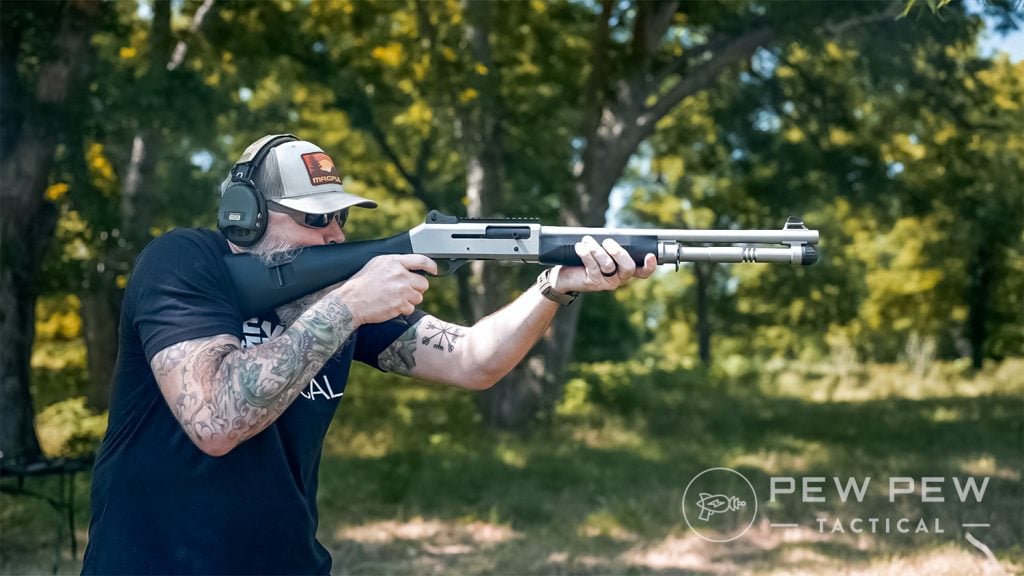
I’ve always assumed this was simply because a lot of people do not understand the capabilities of shotguns and their true strengths. We live in a carbine world, and people don’t trust what they don’t understand.
Shotguns are the premier weapon for killing moving targets. They specifically excel in killing birds. When a shotgun fires, it launches multiple projectiles per trigger pull, up to hundreds at a time. This combination of projectiles is known as shot.
Shot varies in size depending on the load you are using. Various birdshot loads exist that essentially create a wide “net” of projectiles that make it very easy to shoot moving targets.
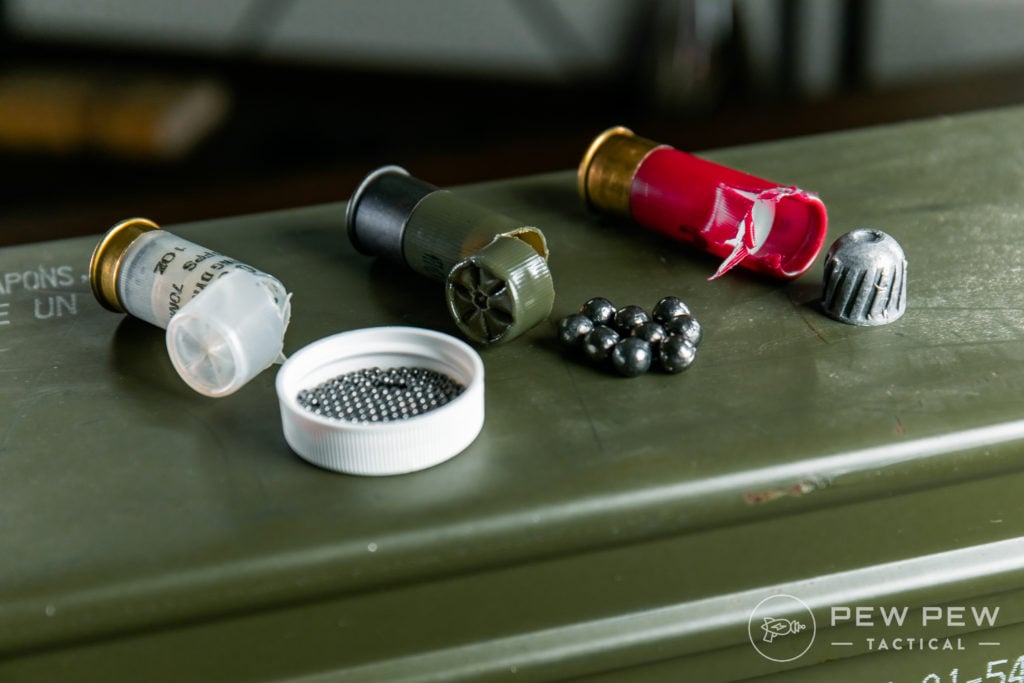
Due to the spread, it’s much easier to hit moving targets. Drones are moving targets, specifically flying moving targets. Drones aren’t all that different than birds or clay pigeons.
Admittedly, drones are human-controlled. They can move very quickly and change direction quickly. That makes them much more difficult to hit than a bird or a clay pigeon.
However, commercial drones are fragile. A single pellet in the right place can disable or compromise the ability to control a drone.

Shotguns are effective in this anti-drone role because they are cheap, common, and already on hand in most military forces. They are also easy to acquire if you don’t already have access to them.
More Than a Theory
As Russia launched its war of aggression into Ukraine, both sides began using cheap quadcopters for a variety of purposes, including bombing, and we saw the rise of shotguns once more.
The Russians are experimenting with a wide swath of solutions, and the Ukrainians are using a weird mix of shotguns, from Turkish Hatsan bullpups to Winchester 1300s.
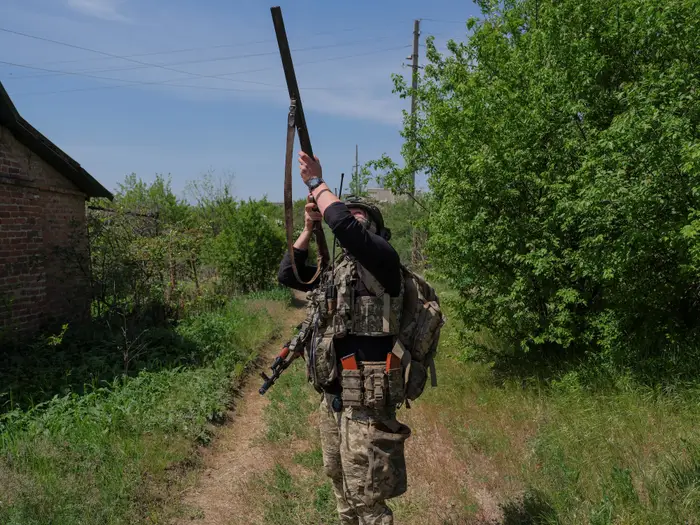
We’ve also seen the adoption of shotguns from other countries to combat the growing drone threat. The French adopted the Benelli SuperNova in both tactical and field variants.
Italian-based manufacturer Benelli developed a variant of their M4 shotgun called the Drone Guardian that is designed with a red dot to be used with No. 4 shot to take down drones.
The U.S. Air Force is buying special SKYNET drone rounds to equip their shotguns with. Everyone is experimenting with shotguns to counter drones.
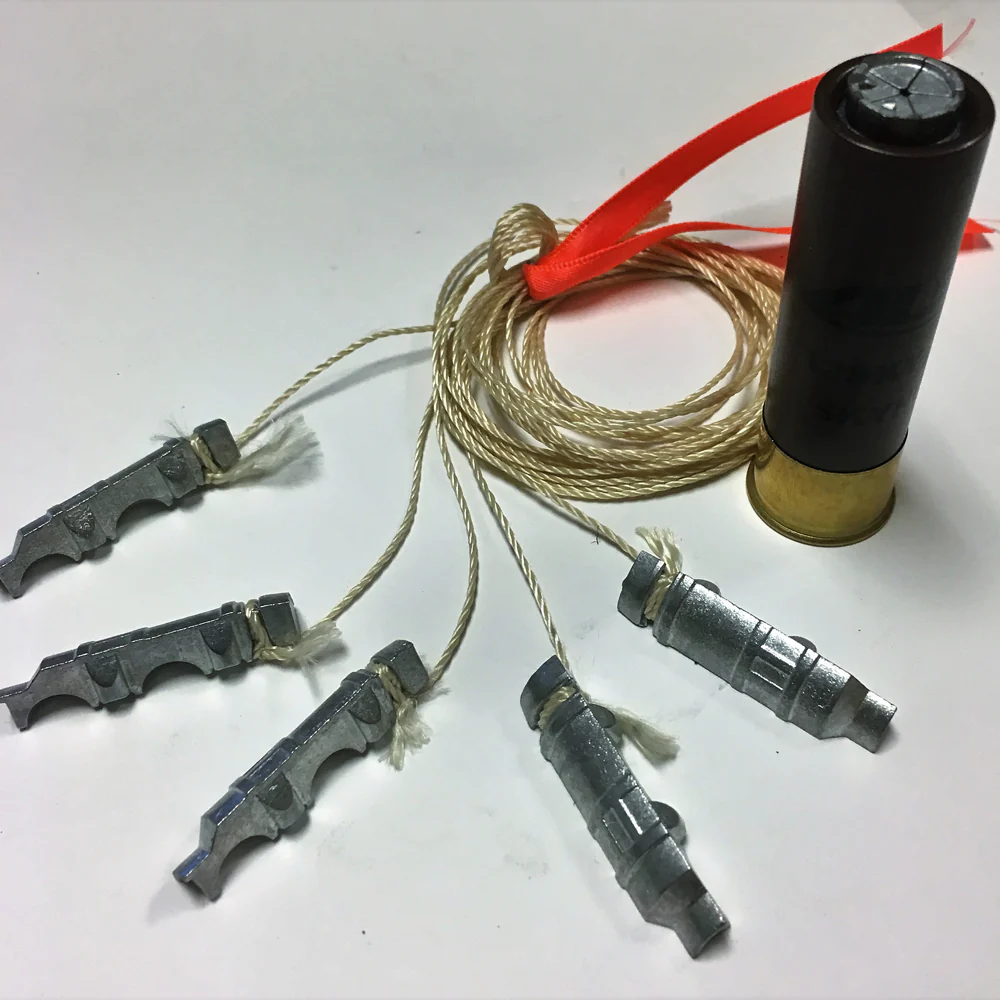
As mentioned, the drone threat in Ukraine is very real. Both sides are throwing quadcopters at each other every day. I’ve watched a lot of combat footage, and drones terrify me. They trigger the same fear I had when facing IEDs.
Anti-Drone Tactics
I was passed a translated Russian report called “Experience in using 12 caliber guns by units of the Russian Federation for the destruction of UAVS.”
The document has been translated into English via Google, providing insight from the Russian perspective in Ukraine.

I’ve also watched a lot of combat footage of Ukrainians armed with weird mixes of shotguns taking down drones. My favorite is this guy I see all over Instagram and Twitter with a Winchester 1300, who is an absolute stud at shooting down Russian drones.
The Ukrainians are using a mix of tactical and sporting shotguns to great effect. The Russians are using the Molot Vepr 12 and Russian sporting shotguns.
Russia is also using adapters for their GP-25 launchers to shoot 12-gauge cartridges, along with specialized duplex-style ammo for their AK-74s. They are also experimenting with specialty net rounds.
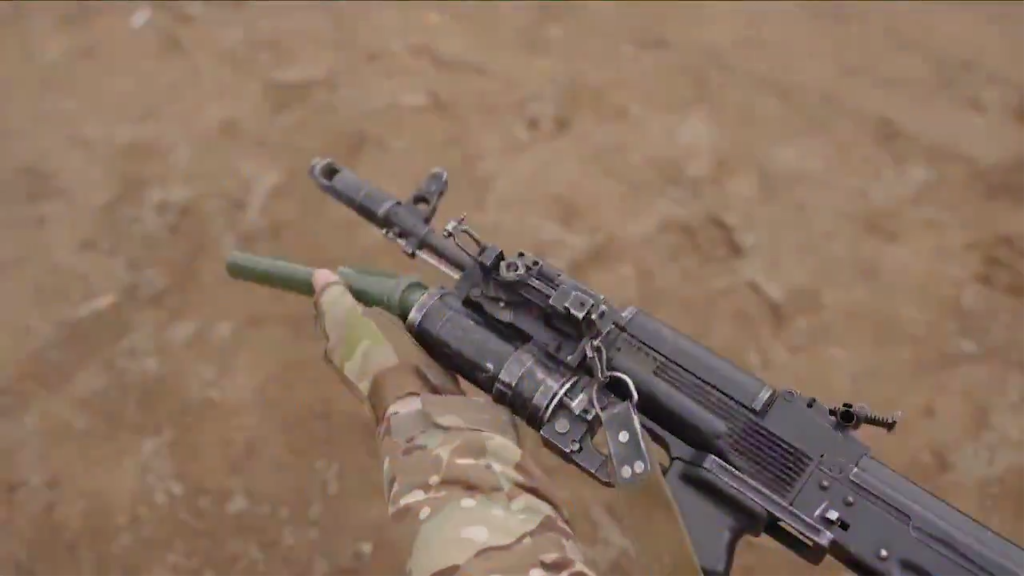
The Russian report is also fascinating in that it lists some of the more effective tactics used by Ukrainians.
Ukrainians now have one shotgun per mobile assault team. From what I understand, a mobile assault team is a team loaded into a vehicle. Each vehicle has a shotgunner who sometimes rides on top of the vehicle to counter drone threats.
Electronic Warfare
The Ukrainians are also mixing shotguns with electronic warfare weaponry. These ERW rifles can block video signals, block GPS signals, and create control issues.
The Ukrainians will use the ERW rifles to drive the drones low into areas with cover. From there, troops with shotguns can destroy them with ease.
Other techniques put a group of men armed with shotguns near probable flight routes. This allows several shotgunners to ambush drones and take them to the ground.
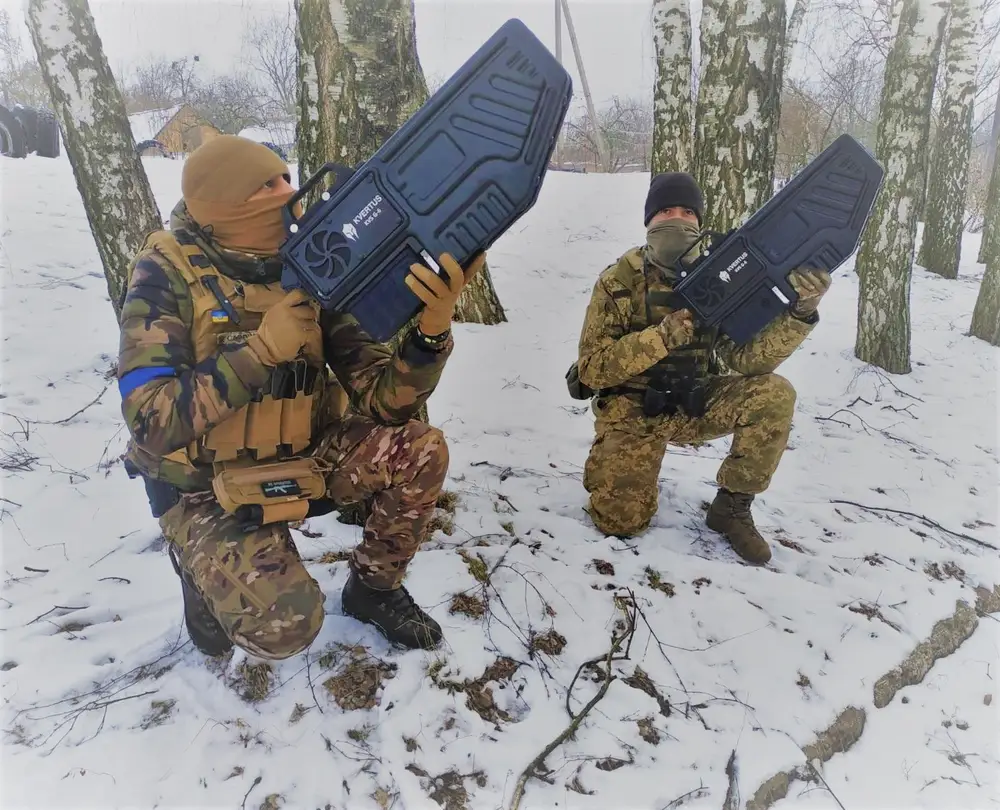
The Ukrainian soldiers are being trained to shoot drones down via skeet shooting. It’s simple but practical and helps troops learn how their shotguns work, how to lead targets, and how to shoot reactively.
It’s very clear that shotguns are an effective tool when used with the right tactics to take down commercial and even military drones.
Personal Experimenting
My whole idea behind this article was to buy a few cheap drones, have someone pilot them, and then try to shoot them down.
Upon researching this, I found out that doing so was likely very illegal. Even if I shoot them down at a low flight path, in a safe way, it’s still downing an aircraft.
Instead, I came up with a fun alternative. I 3D printed just the body of one and used popsicle sticks to represent propellers. I used clay pigeons to represent the ‘body’ and a payload.

Next, I rigged up a silly but effective moving target setup. It’s just a steel wire with a slider and some paracord to hold the drone.
My beautiful assistant, aka the wife, pulled a cord to bring the ‘drone’ to the peak of the moving system. The drill we set up was simple. She let the cord go at the beep, and the drone moved right to left at a downward angle.
Birdshot vs. Buckshot
I would then try to shoot the drone as many times as possible from 25 yards with several different shot types. I used No. 2 birdshot, No. 4 birdshot, No. 6 birdshot, and No. 4 buckshot.
Each round was effective at 25 yards. The No. 4 birdshot seems to be the best birdshot load. No. 6 was small, but the low recoil helped land multiple shots on target. No. 2 was devastating, but there was a fair bit of recoil.
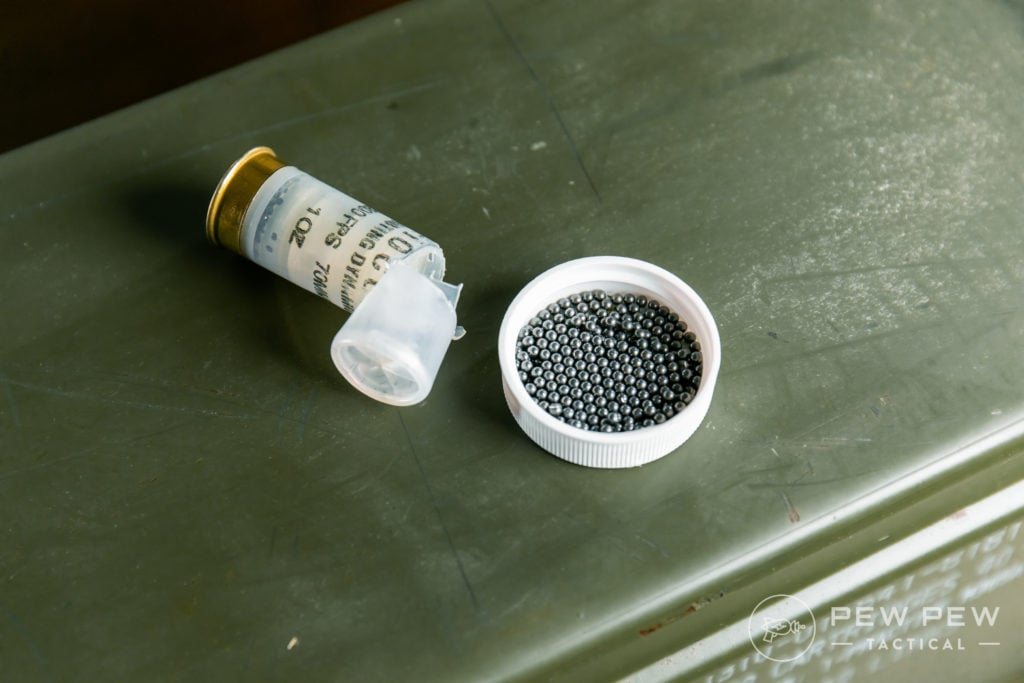
The No. 4 birdshot easily destroyed the target and payload, allowing me to fire multiple shots quickly. It’s the Goldilocks load when it comes to birdshot.
Buckshot is less forgiving, as you only get 27 pellets with 4 Buck versus several hundred with birdshot. It requires more accuracy to use effectively, but also offers more range.
At 25 yards, I was able to destroy the drone with a single round of buckshot. I went back to fifty yards, used a stationary ‘drone,’ and fired one shot. Even at 50 yards, it destroyed the clay pigeon and put holes in the target.
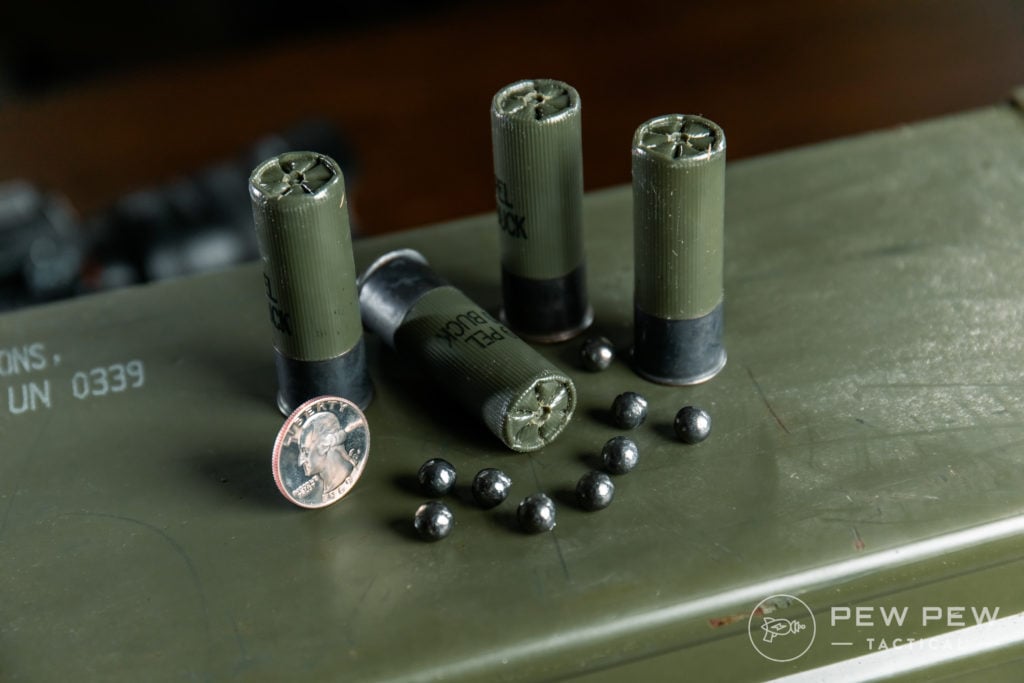
Overall, no matter which type of load I used, they all damaged the body and destroyed the clay pigeons on top of the target. Numerous pellets destroyed the popsicle stick propellers.
It’s clear each shot type will damage the drone, but I think the No. 4 or No. 2 birdshot is the way to go.
What Loadout For Anti-Drone Warfare?
I’m not a pro, but I can theorize what I think would work best for an anti-drone shotgun setup.
First, I’d use a semi-auto shotgun. Semi-auto shotguns have less recoil and offer faster follow-up shots.
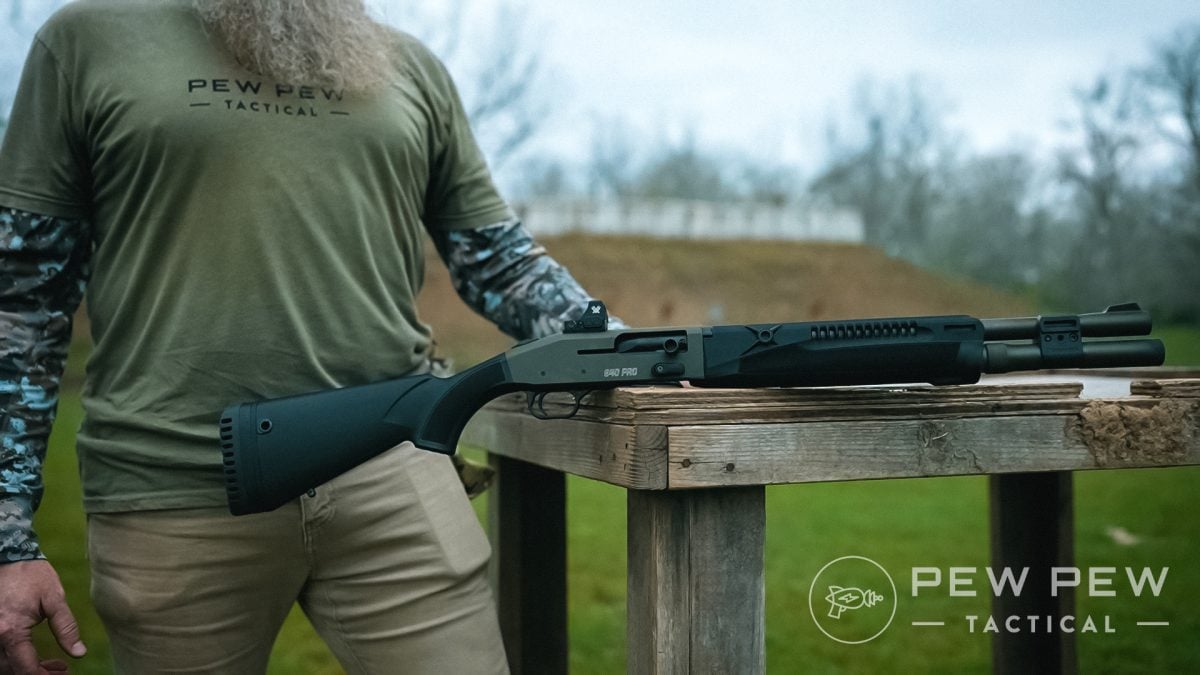
Secondly, I’d want a red dot on the gun, as it makes aiming faster and more precise.
I’d also advocate for full-length magazine tubes. We want as many follow-up shots as possible. If someone made a quality, reliable semi-auto magazine-fed shotgun, I would see the argument for that type of weapon as well.
The toughest part is deciding whether to go with 2.75-inch or 3-inch shells. The 3-inch shells offer you a larger payload but reduce your capacity and increase recoil, which can slow down follow-up shots. This is a toss-up.
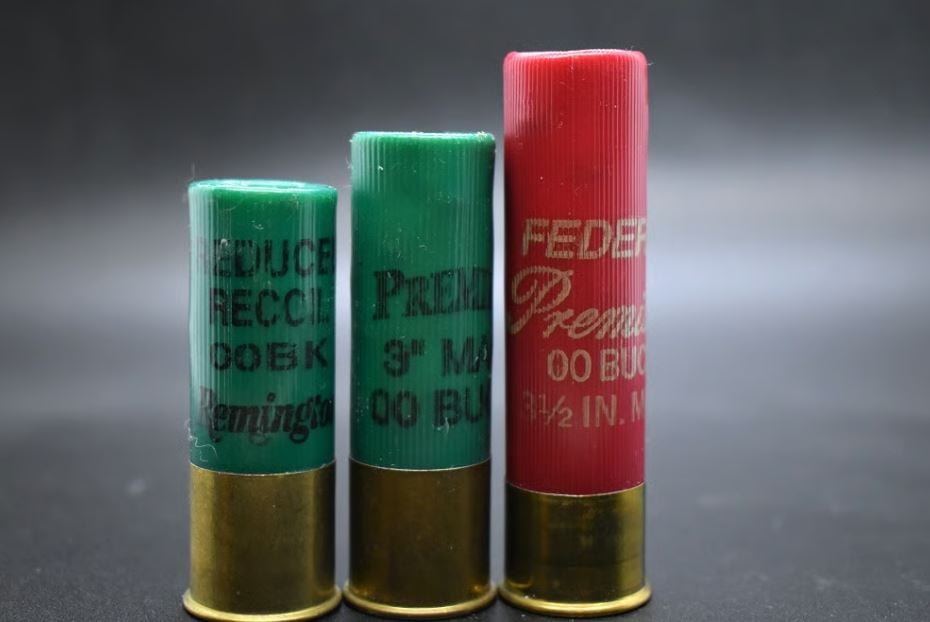
I can see an argument for loading a shotgun with both No. 4 birdshot and No. 4 buckshot. This would allow for both close and longer-range engagements. Either that, or have two shotgunners, one with birdshot and one with buckshot.
Meet the Experts
Pew Pew Tactical author Travis Pike authored this article. Travis spent a lifetime shooting as a kid and later joined the United States Marine Corps, where he spent five years as an infantryman. His experience as a machinegunner, recreational and competitive shooter, hunter, and concealed carry instructor has given him unique insight into various weapon platforms. Additionally, Travis has thousands of articles to his name with a variety of publications, and has tested countless guns and other firearm accessories.
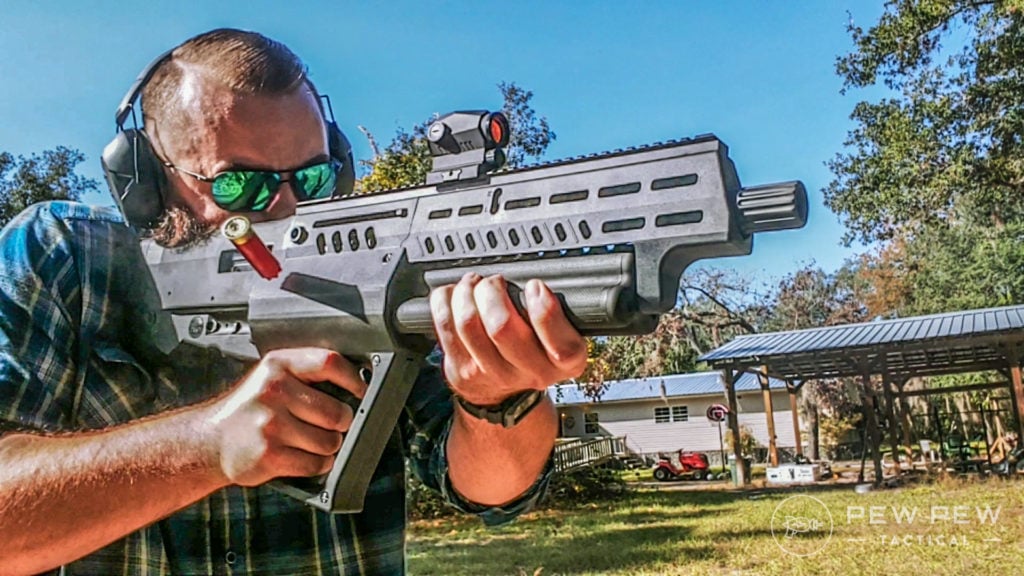
Editing this article is Pew Pew Tactical Editor, Wyatt Sloan. Wyatt is an NRA-certified instructor and also has experience with competition shooting and hunting. Wyatt personally owns over 200 firearms, and has 10 years of home-based FFL firearm sales.
Editor-in-Chief Jacki Billings runs our experienced team of reviewers. She is a National Rifle Association Basic Pistol Instructor as well as a member of the Society of Professional Journalists, ACES: Society for Editing, and the Professional Outdoor Media Association. Jacki has a bachelor’s degree in journalism and has worked as a media professional for close to 20 years, specializing in gun media for almost 10 years. With 2,000+ articles to her name, she uses her professional journalism and editing experience to set testing protocols and editorial standards for Pew Pew Tactical.
Final Thoughts
To be clear, shotguns are a stopgap solution. I think electronic warfare options are the future for dealing with these things.
Shotguns are just a ‘we have it right now, it’s cheap, and it works’ option. It’s a low-tech choice for those pesky humming little things. But until electronic anti-drone devices become widespread and available, the shotgun is a solid option.
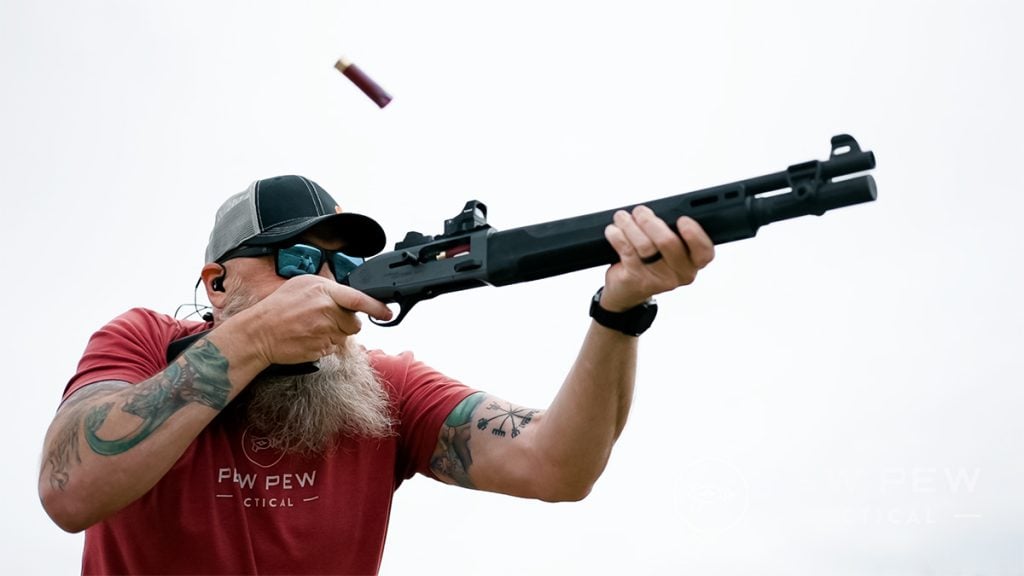
What are your thoughts about drones and shotguns being used against them? Let us know below! Interested in more things scattergun? Be sure to check out our article on the Best Home-Defense Shotguns!

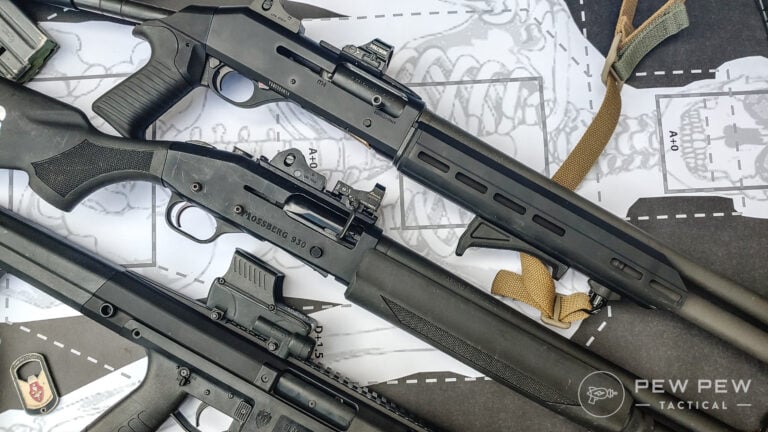
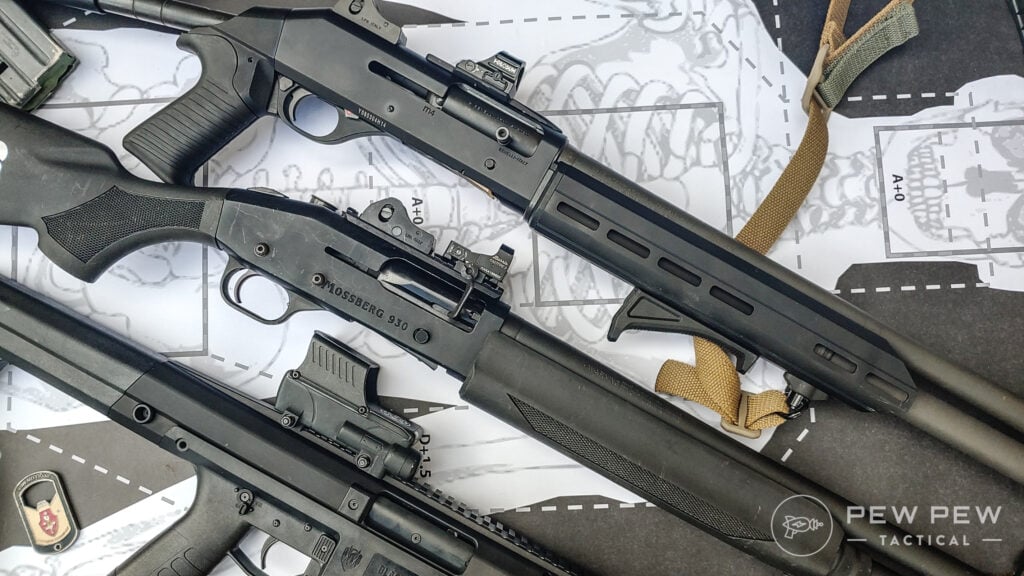
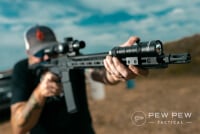



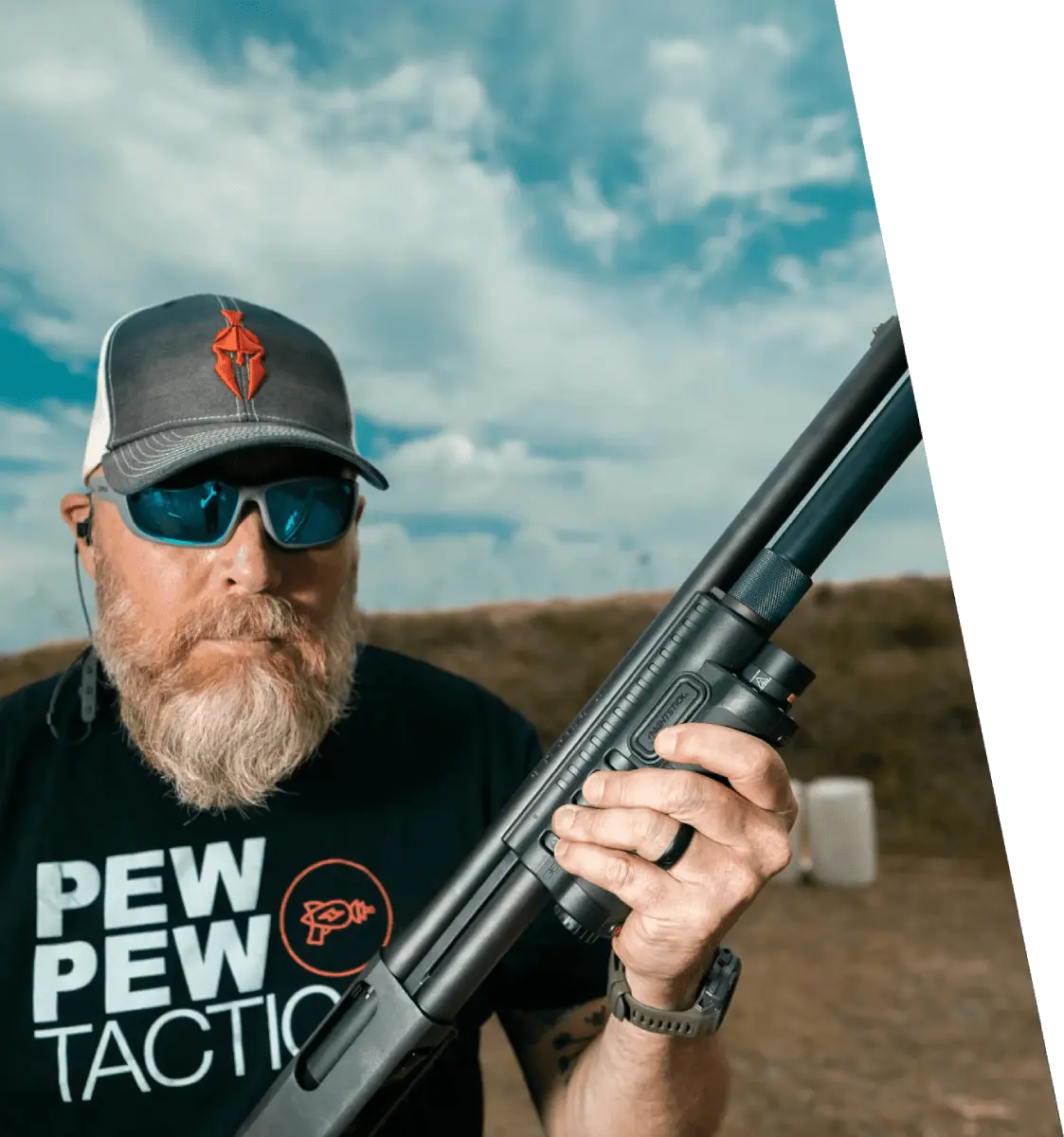

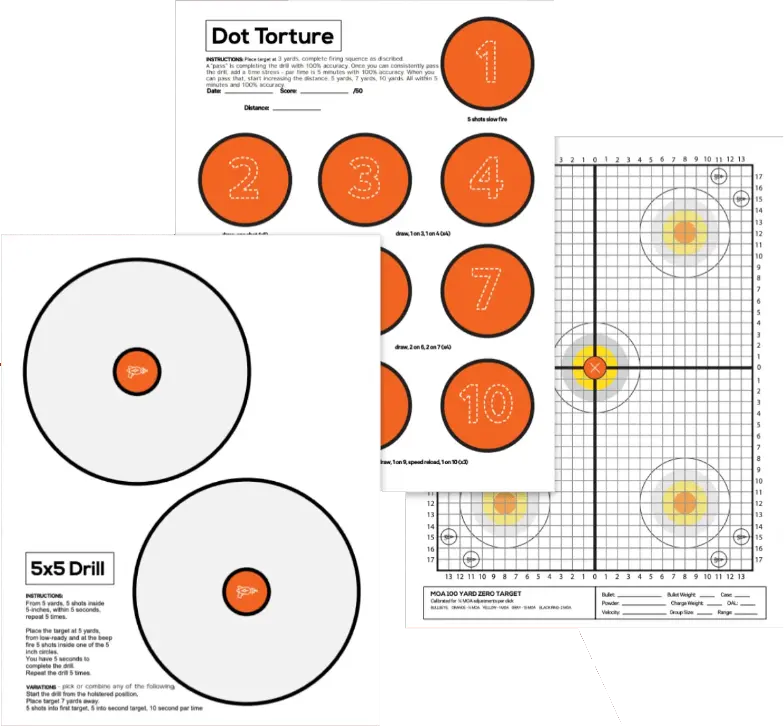
2 Leave a Reply
Ukraine needs a bunch of South Texas dove and quail hunters that spend their time hunting birds half the size of your fist that fly 30-40mph and change directions at the drop of a hat. Ive wondered if they could lesson the damage to their power stations using the nets on 100' poles that you see at driving ranges. In other words, keep the blast a minimum of 75' away from the equipment.
Excellent article. As a cold war warrior, I’ve been following Russian aggression and Ukraine’s resistance closely. A few pics of the “drones,” before and after, would be a great addition. Slava Ukraini!!!